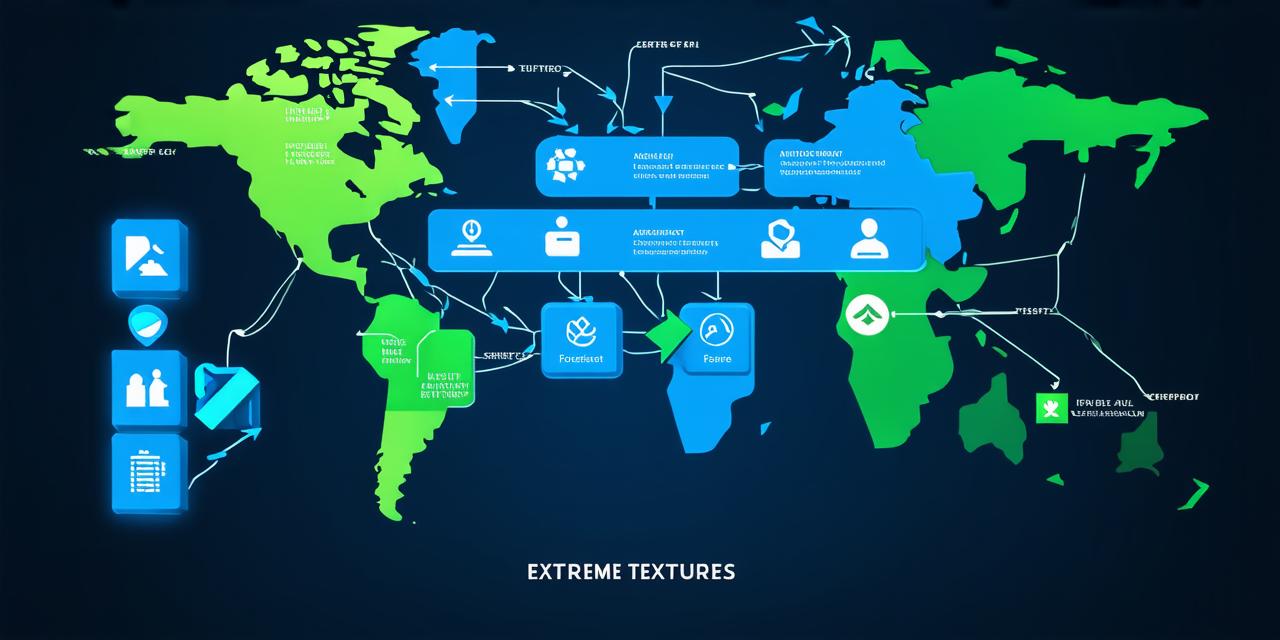A functional project team is a group of individuals who work together to complete a specific project or set of tasks within an organization. The team’s structure determines how members collaborate and work towards the project’s goals.
Types of Functional Project Teams
Functional project teams can be divided into two main categories: temporary and permanent.
Temporary Functional Project Teams
Temporary functional project teams are formed for a specific project or task, and their members are usually assigned from different departments within the organization. The team has a defined goal and timeline, and its members work together to complete it. Once the project is completed, the team disbands, and its members return to their original roles and responsibilities.
Examples of temporary functional project teams include:
- A cross-functional team formed to launch a new product or service
- A team responsible for implementing a new system or software
- A team responsible for completing a large construction project
Permanent Functional Project Teams
Permanent functional project teams, also known as matrix teams, are groups of individuals who work together on multiple projects within an organization. The team’s structure is designed to align with the organization’s business goals and objectives, and its members have a shared purpose.
Examples of permanent functional project teams include:
- A marketing team responsible for promoting products or services across multiple projects
- A sales team responsible for generating revenue from various products or services
- An IT team responsible for maintaining and improving technology infrastructure across multiple projects
Functional Project Team Structure
A functional project team typically consists of members with different skills and expertise, such as marketing, design, development, testing, and project management. The team’s structure is designed to ensure that each member has the necessary resources and support to perform their tasks effectively.
The following are the main components of a functional project team structure:
Project Manager
The project manager is responsible for overseeing the project’s execution, ensuring that it stays on track and within budget. The project manager also manages the team’s resources, schedules, and timelines, and communicates with stakeholders to ensure that their needs are met.
Functional Managers
Functional managers are responsible for managing the team’s functional areas, ensuring that their members have the necessary skills and expertise to perform their tasks effectively. The functional manager also oversees the team’s performance and ensures that it aligns with the organization’s business goals and objectives.
Team Members
Team members are responsible for performing specific tasks related to the project. They work closely with other team members and report progress to the project manager and functional manager. The team member may also have a specific role in the project, such as lead designer or lead developer.
Communication and Collaboration
Effective communication and collaboration are essential for any functional project team to succeed. Here are some tips to improve communication and collaboration within a functional project team:
- Establish clear roles and responsibilities
- Use project management software to track progress and share updates
- Hold regular meetings with the team to discuss progress and address any issues or concerns
- Encourage open communication and feedback
- Celebrate successes and provide recognition for hard work and achievement
Conclusion
Understanding the functional project team structure is critical for successful project execution. The team’s structure determines how members collaborate and work towards the project’s goals. By understanding the types of functional project teams, their structure, and the importance of effective communication and collaboration, organizations can ensure that their projects are completed successfully and efficiently.
